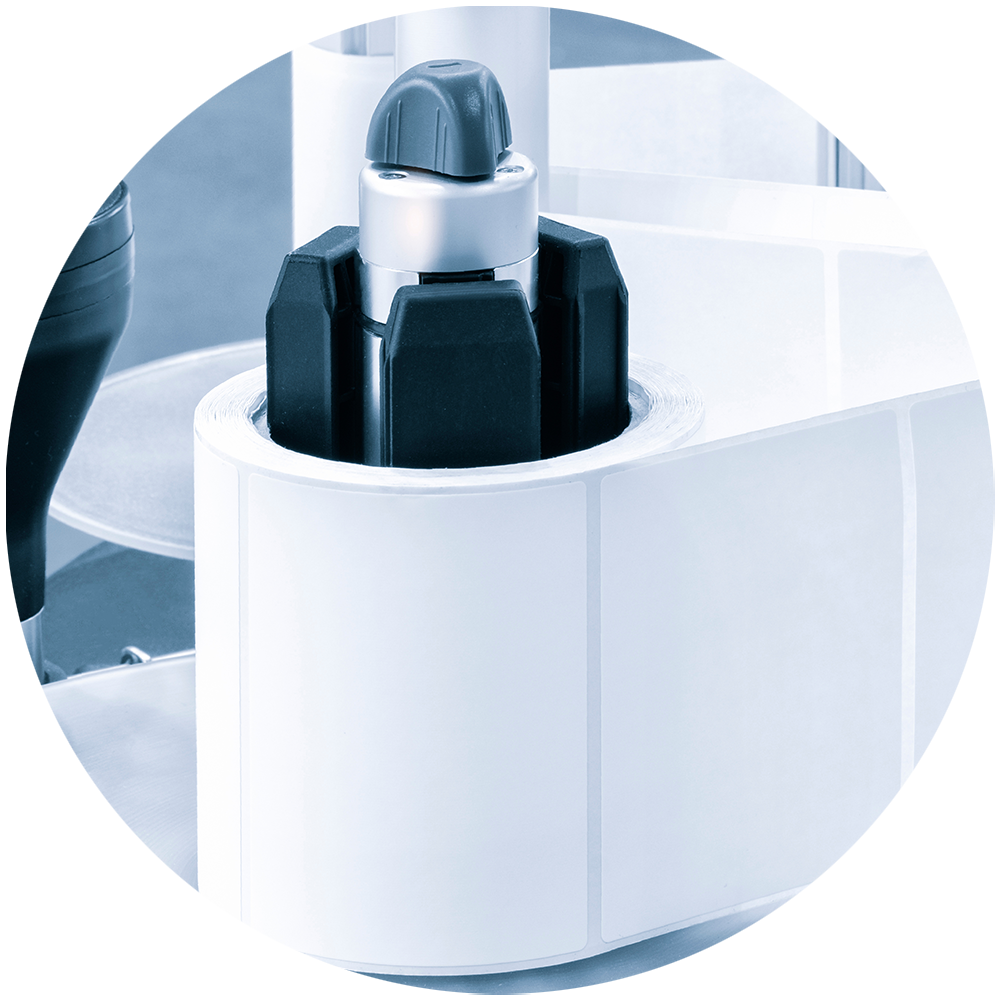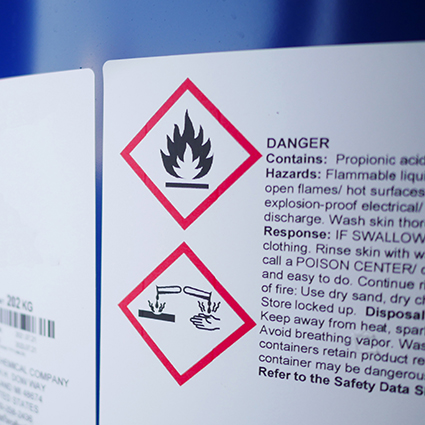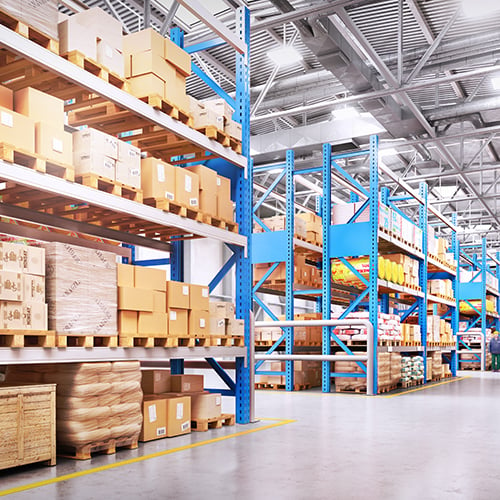Label Services Designed Around Your Needs
If you’re constantly frustrated with label shipments or wishing for customer service that listens, you need a better label solution. GO2’s comprehensive label service is designed around you. Our automated system eliminates problems as you work with our dedicated team of industry-leading label experts to achieve your goals.

Label Expertise and Experience that Make a Difference
Efficient operations
Business success requires efficient operations. While waiting for your labels to arrive, your customers wait on their orders. Supply chain issues cause frustration, anxiety and lost business. If you can’t serve your customers on time, you’ll lose them.
Custom solutions
You have a unique operation that needs custom solutions. GO2 Partners offers a deep bench of expertise, plus services and resources across the country, so you have a comprehensive plan based on your needs.
Turnkey solutions
GO2’s turnkey, comprehensive labeling solution delivers efficiency. With every order, you have tracking information, operational data and quality control checks. You have the critical supplies you need without worry and frustration.
Advanced Label Expertise
Eliminate problems before they happen with label experts that understand the technology. For example, we can develop labels that identify potentially hazardous substances when working in scientific and other industries. Built with advanced technology that prevents deterioration even when exposed to corrosive substances, we can deliver solutions for the most challenging shipping requirements.

Strategic Partnerships and a Global Footprint
Get connected with GO2. You want access to strategic partners around the world who can provide you with the facilities and services you need to keep your products moving. We’ve cultivated and maintained relationships with these partners, providing you with that access.


World-class Customer Service
Shipping delays and a lack of communication with your vendors can stymie your business. GO2’s amazing customer service department is available for every question or request. It’s a concierge service that includes operations analysts, marketing experts and more, all working for you. That’s decades of experience and industry-leading expertise focused on growing your business.
Label Material Quality Control Lab
Don’t leave your business operations up to chance. Make sure your labels meet your needs with GO2’s material quality control lab. We test factors that can impact your shipping, such as temperature and humidity on adhesive deterioration.

Solutions for Every Situation
At GO2, we’ve developed label solutions for the most challenging situations. Need something special? We’ve worked with thermal transfer labels, cut sheet shipping labels, auto-apply labels, integrated shipping labels and radio frequency identification (RFID) labels. Our state-of-the-art lab also serves as our research and development site, where we can develop custom label solutions designed for you.
Access to Resources and Expertise
Kitting & Fulfillment
Support your business campaigns with convenient fulfillment services.
Improve your operation today by working with the labeling experts at GO2
When you work with us, you get a partner who is committed to helping you achieve growth.

Customer Success Stories
See how GO2 helped a manufacturer meet growing product demand and ship on time with a new label supply solution that delivered on its pricing requirements.
Latest News and Information

Keep Your Lines Moving: Using Quality Control and Six Sigma for Your Shipping Labels
Keep Reading

How to Maximize your Custom Label Options for Ecommerce Distributors
Keep Reading
Industries

Manufacturing
Increase efficiency and output in both the front office and shop floor with GO2.
Franchises
With a deep bench of expertise and resources, GO2 offers solutions so you can scale your business.

SaaS
Overcome the business, operational, marketing, sales and other challenges holding you back with GO2.


